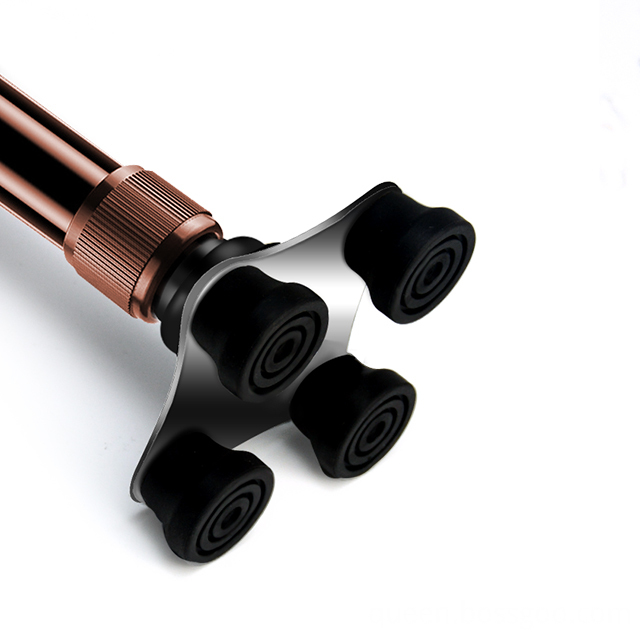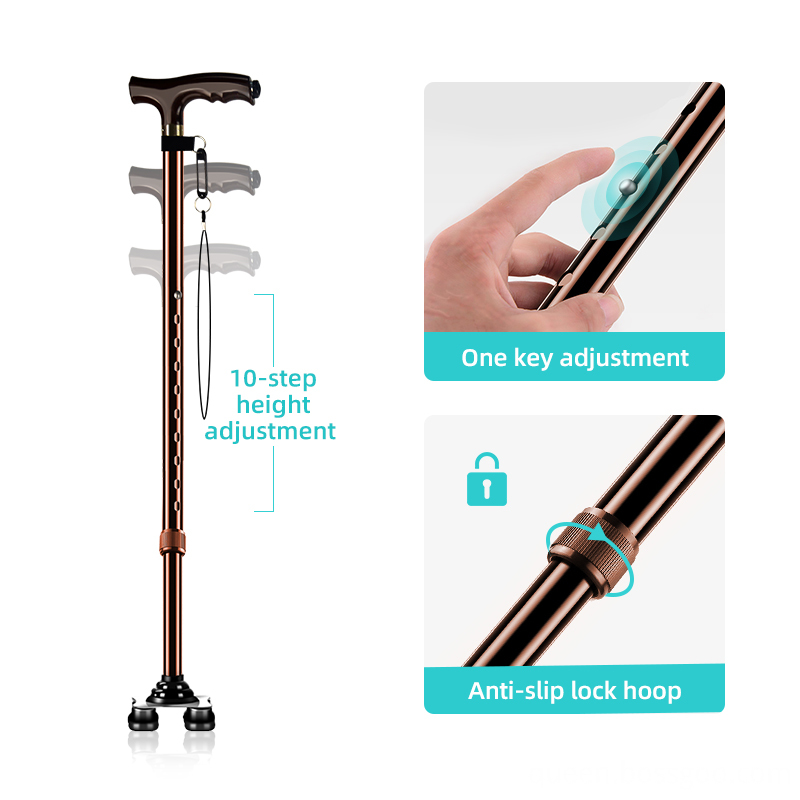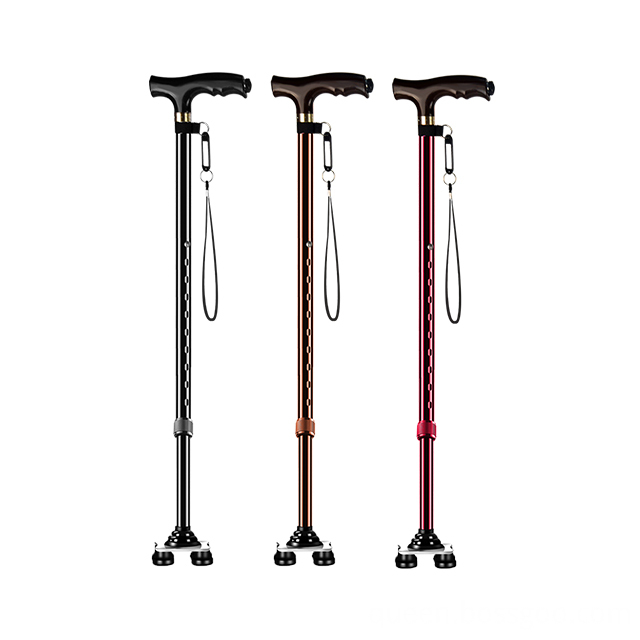Greenhouse fruit and vegetable production technology
Plastic film covering technology It is mainly used for the production of vegetables in autumn, winter and early spring. Overwintering should be covered in late winter. It is appropriate to cover about 20 days after easing seedlings. Water should be used to promote deep rooting. During early spring cultivation, the mulch can be covered after planting to facilitate seedling easing. When planting, according to the required spacing, the mulch will cut a small mouth, and the seedlings will be planted in the hole. The planting shall be selected on the sunny day of the cold tail warmer and be transplanted with soil. Winter and spring production can be covered with black and white double-colored plastic film. According to the actual situation of the canopy, full coverage or operation can be selected. The white surface is facing upwards and the black surface is covered downwards. The mulching film on the ridge should maintain a certain gap with the ground to form an arch. With drip irrigation under the membrane. Characteristic fertilization technology (1) Using soil testing and formulating fertilization, organic, inorganic and biological fertilizers are applied in combination; biological organic special fertilizers and compound microbial fertilizers are used for stratified deep application and topdressing. Tomato: For every 5000 kg of tomato fruit produced, 10 kg of pure nitrogen, 5 kg of phosphorus pentoxide, and 33 kg of potassium oxide are needed. Base fertilizer: Mushi organic fertilizer 5000 kilograms, phosphate 30 to 50 kilograms. Three key top dressings: The first top dressing usually starts when the first fruit begins to swell to the size of the table tennis. Mushi pure nitrogen is 5-6 kg and potassium oxide is 6-7 kg. The second time dressing is the first time that the fruit is about to be harvested. When the second fruit is enlarged to the size of the table tennis, Mushi pure nitrogen is 5-7 kg and potassium oxide is 6-8 kg. The third dressing is harvested in the second ear, and when the third ear enlarges to the size of the table tennis ball, pure nitrogen of Mushi is 5-6 kilograms, and potassium oxide is 6-7 kilograms; Cucumber: Production of 1,000 kg of cucumber requires 2.6 kg of pure nitrogen, 1.5 kg of phosphorus pentoxide, 3.5 kg of potassium oxide, 4,000 to 5,000 kg of cucumber production, 10.4 to 13 kg of pure nitrogen, 6 to 15 kg of phosphorus pentoxide, and 14 potassium oxide. ~15.7 kg. In the early stage of fruiting melon, the first top dressing was applied. Mushi pure nitrogen was 3-4 kg and potassium oxide was 4-6 kg. In the early stage of the harvest, the first time, the topdressing fertilizer was applied in the second time. Mushi pure nitrogen was 3~4kg, and potassium oxide was 5~6kg. In the middle of the melon period, the third top dressing was applied. Mushi pure nitrogen was 3 to 4 kg and potassium oxide was 5 to 6 kg. It is best to combine fertilization with fertilization and water and fertilizer. Before planting, 5000 kg of organic fertilizer was applied to Mushi and 40-50 kg of phosphate fertilizer was applied. (2) Apply foliar fertilizer. In actual operation, do not use several kinds of foliar fertilizers together. One to two applications should be selected according to local conditions. (to be continued) A simple device to assist walking, usually a wooden or metal stick. Crutch,Peg Leg Crutch,Adjustable Crutch for Elderly,Retractable Walking Cane Ningbo Queen Electronic Science Technology Co., Ltd , https://www.queenmeds.com
Crutches are an important medical rehabilitation aid. They are divided into walking sticks, elbow sticks and axillary sticks. Walking sticks are mainly used for mild needs, such as the elderly or climbers. Walking sticks are not products for the disabled. 


